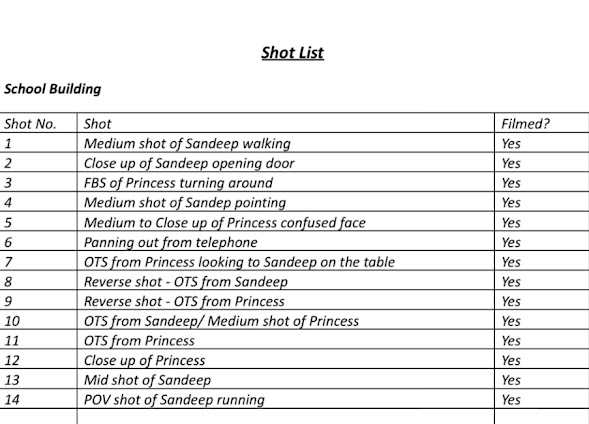Introduction to TV Drama: Blog tasks
Use our Media Factsheet archive on the M: drive Media Shared (M:\Resources\A Level\Media Factsheets) or on Google Drive here (you'll need your Greenford Google login) to find Media Factsheet #164 on Television Serial Drama.
Read the whole of Factsheet and answer the following questions to show your comprehensive knowledge of the television drama genre:
1) What is serial television drama? Write your own definition.
Serial television drama is a genre of television storytelling that unfolds over multiple episodes, often with continuous storylines, character development, and unresolved narrative arcs that encourage viewers to keep watching. These dramas typically explore complex themes and character relationships.
2) List five of the TV dramas discussed in the history of the genre on page 1 of the factsheet. How has the genre evolved over time?
ABC’s The Avengers (1961-1969) and Danger Man (1962-1968)
The Sweeney (1975-1978) and Minder (1979 – 1994),
Starsky and Hutch (1975-1979)
A-Team (1983-1987),
Hill Street Blues (1981-1987)
3) List the sub-genres of TV drama featured in the factsheet. Come up with your own example of an existing TV drama to fit each category.
crime- Breaking Bad
4) Why is setting so important for TV drama?
Setting establishes the world in which the drama unfolds, shaping themes, character behavior, and audience engagement.
5) How do TV dramas typically use character? What audience pleasures can be linked to character in TV drama? (Hint: Uses & Gratifications theory!)
Identification – Audiences relate to the characters’ struggles
Personal relationships – Audiences develop connections
6) What is a multi-strand narrative? Give an example of a TV drama that features a multi-strand narrative.
6) What is a multi-strand narrative? Give an example of a TV drama that features a multi-strand narrative.
A multi-strand narrative weaves together multiple storylines, often featuring different characters whose paths may intersect.
7) What is a cold opening?
A cold opening is a scene shown before the title sequence. It grabs the audience’s attention by dropping them into an intense moment.
A cold opening is a scene shown before the title sequence. It grabs the audience’s attention by dropping them into an intense moment.
8) How can Todorov's theory of equilibrium be applied to TV drama serials?
9) What is the typical form for TV dramas and how are the programmes typically distributed to an audience?
11) Choose a TV drama and do your own analysis of it using the SETTING / CHARACTERS / NARRATIVE / FORM headings as featured on page 3 of the factsheet.
Stranger Things
- SETTING – 1980s small-town America, evoking nostalgia visuals and music.
- CHARACTERS – Multiple cast, from kids (Mike, Eleven) to adults (Hopper, Joyce), providing different audience entry points.
- NARRATIVE – Multi-strand mystery involving government experiments, supernatural forces, and friendship.
- FORM – Released on Netflix as a binge-worthy series with high production values and cinematic storytelling.
12) How might the TV drama genre evolve in future?
High budget, complex narrative, more non-english drama.

Comments
Post a Comment